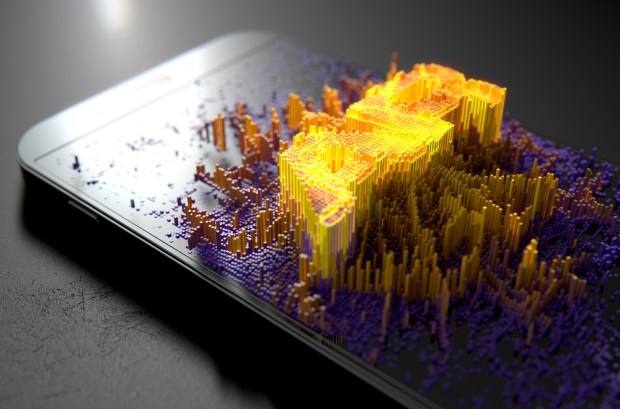Apollo Box Finds What AR Can Do For Retail

ECommerce marketplace startup Apollo Box is working to see just what augmented reality (AR) technologies can do for digital retail.
Founded just over a year ago in February 2016, Apollo Box is an eCommerce platform for discovering, collecting and sharing products from all over the world. Items sold by vendors on Apollo Box’s marketplace span categories from jewelry and apparel, home décor, toys, gizmos and more.
“Our idea was to create a personal marketplace that focused on creative lifestyle products,” said Co-Founder Will Li, products like the small-batch, handmade and collectible items found in boutique stores and trade shows. “It’s kind of difficult to find these cool, unique items online. We founded Apollo Box to solve that problem.”
Today, Apollo Box has around 500,000 active users interacting with some 1,200 products from over 400 different vendors. Browsing the main page, shoppers see unique and crafty lifestyle items, like a pressed four-leaf clover necklace or a skeleton hand perfect for storing and displaying jewelry.
While getting the marketplace up and running, Li noticed that consumers had questions, particularly about size, color and whether or not the display images were truly accurate to what the products were in real life.
“We quickly realized,” Li said, “that these niche items need some type of technology to give users an offline shopping experience — where they can see the real product in front of them, allowing them to be more confident about buying.”
With that mission in mind, Apollo Box began to investigate AR technology. Last October, they rolled out a feature for their eCommerce mobile app called “Teleport,” which allows for a 360-degree view of featured products in the user’s personal environment, along with a display of product information and coupons.
What separates Apollo Box from other brands leveraging AR technologies for displaying products, Li said, is that the startup’s AR feature is directly integrated into its eCommerce solution for iPhone and Android.
The results are telling. In beta testing, Apollo Box made 5 percent of its total inventory available for viewing in AR. Users who tried the AR Teleport feature had a 20 percent higher retention rate and spent significantly more time in-app.
Likewise, Apollo Box found that customers who accessed the AR feature were 25 percent more likely to make a purchase.
With numbers like these, Li said, Apollo Box recently opened the AR feature for free to all of the vendors on its platform — often small and independent sellers without much in the way of an eCommerce presence outside of Apollo Box.
“They don’t have to invest in building eCommerce apps or 3D modeling. We realize that the cost can be covered by the commercial increase and the increase of our customer engagement,” Li said.
As of now, Apollo Box is adding hundreds of SKUs each month to its AR Teleport. The goal is to have 25 percent of its total product inventory, particularly in its lifestyle and home décor categories, available to view in AR within the next six months.
Additionally, Apollo Box is looking to add new product categories to its AR experience, including jewelry, shoes and other wearables — which presents an additional set of technical challenges.
“The representation has to be even more accurate,” Li said. “Otherwise, it just doesn’t make sense to have someone to try it on. If the color or the reflection of the light is wrong, then users can’t really see the value of the jewelry, for example.”
Likewise, the startup is looking to keep pace with the growing AR hardware and device market.
“The new iPhone might also have AR/VR, and other devices have 3D sensors,” Li said. “We are ready to support the next generation of phones with 3D and AR features, as well as other AR hardware that, in the next two or four years, will likely go mainstream.”
